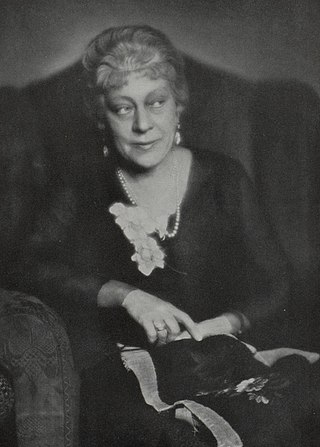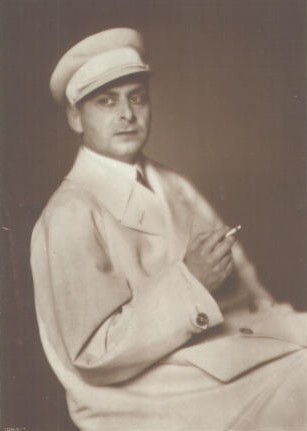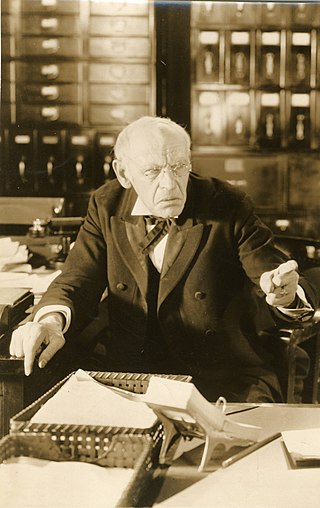Related Research Articles
Harvey Harris Gates was an American screenwriter of the silent era. He wrote for more than 200 films between 1913 and 1948. He was born in Hawaii and died in Los Angeles, California.

Harvey Thornton Clark was an American actor on stage and screen. He appeared in more than 200 films between 1915 and 1938. He was born in Chelsea, Massachusetts, and died in Hollywood, California, from a heart attack.

Robert Scholz was a German film actor of the silent era. He appeared in 76 films between 1919 and 1928. He was born in Germany and died in Berlin.
Jack Natteford was an American screenwriter. He wrote for more than 140 films between 1921 and 1967. He was born in Wahoo, Nebraska and died in Los Angeles County, California. He was married to fellow screenwriter Luci Ward.

Bradley Barker was an American actor and film director of the silent era. He also created sound effects for film and radio.
Jakob Karl Heinrich Wilhelm Tiedtke was a German film actor. He appeared in more than 190 films between 1914 and 1955.
Louis Ralph was an Austrian film actor and director.

Frida Richard was an Austrian actress.

Ferdinand von Alten was a Russian-born German actor.
Adolf Lantz (1882-1949) was an Austrian screenwriter. Lantz went into exile following the Nazi takeover of power in Germany, and died in London.

Joseph Johnson Dowling was an American stage and silent film actor.
Hermann Picha was a German stage and film actor. Picha was extremely prolific, appearing in over 300 short and feature films during the silent and early sound eras. Picha played a mixture of lead and supporting roles during his career. He played the title role in the 1920 film Wibbel the Tailor, directed by Manfred Noa. He appeared in Fritz Lang's Destiny.
Blanche Craig was an American actress.

Robert Theodor Camillo Dinesen was a Danish film actor and director. He was first married to actress Laura Johanne Winter (1882-1930) and secondly to Christine Marie Christensen (1877-1935). He is buried with his third wife, German actress Margarete Schön, at the Friedhof Heerstraße cemetery in Berlin-Westend.

Hugo Werner-Kahle was a German stage and film actor. He appeared in around a hundred films during his career.
Alfred Schirokauer was a German novelist and screenwriter. He also directed three films during the silent era. Many films were based on his novels including several adaptations of Lucrezia Borgia. After the rise of the Nazi Party to power in 1933 the Jewish Schirokauer emigrated to Amsterdam and then to Austria where he died the following year.
Ruth Goetz was a German screenwriter active during the silent era. She was credited on more than 60 films over the course of her career.
Faxon M. Dean (1890-1965) was an American cinematographer who worked in Hollywood primarily during the silent era. He worked on many of director Charles Maigne's films, and was Mary Miles Minter's personal cameraman for a time.
James O. Taylor (1887–1974), generally credited as J.O. Taylor, was an American cinematographer best known for his work on King Kong (1933).
Arthur Reeves (1892–1954) was an American cinematographer active in the silent and early sound era. He began his career at the Chicago-based Essanay and went on to work for a variety of other studios including Metro, Universal and FBO Pictures.
References
- ↑ Soister p.134